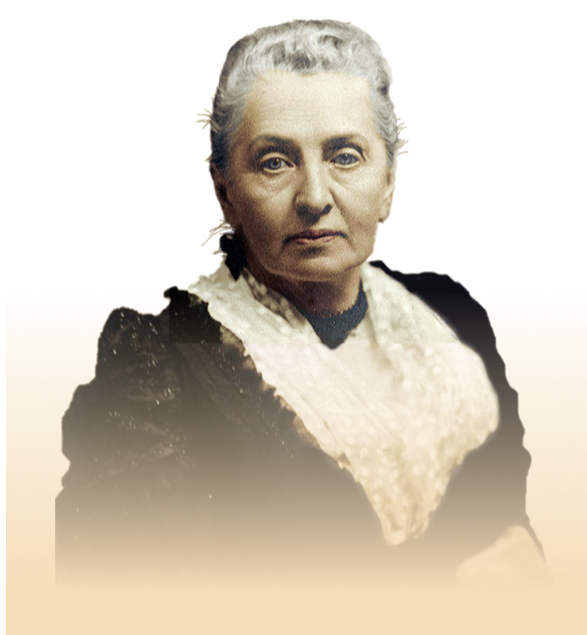Introduction
In this focused lesson on an intrepid female explorer who pushed the boundaries of Victorian restrictions on women, students will also learn about the difficulties of Asian exploration in the late 1800s, the geography and forms of Buddhism in India, Tibet and Ladakh, and reflect on the early rule of the British in India, beginning with the East India Company and ending with the British Raj.
A 14.5 minute video interview with renowned explorer Jacki Hill-Murphy will immerse students in Victorian Age explorer Isabella Bird’s fascinating and iconoclastic life and journeys. An additional video segment on the British East India Company’s influence in the region takes students deeper, and engaging, short research projects let them explore Buddhism and women’s rights in the Victorian era. Creative digital learning experiences include an Explordle word game, a 3D VR game that takes place in a Buddhist monastery, in which students learn about the various forms of the religion, and 3D scenes that help students visualize the geography of the Indian subcontinent.
Immersing themselves in an accurate and detailed VR Walkabout, students will join Bird as she reaches Ladakh, discovering the culture and environment of the hardy people who live in one of the most remote regions in the world. A final written assignment for older students that encourages critical thinking can be done in class or at home. Extension activities have students consider the role of corporate influence in the world’s economic and governmental spheres.

In the Footsteps of Isabella Bird has the following lessons and activities:
- “In the Footsteps of Isabella Bird” video (14.5 minutes)
- Women’s Rights in the Victorian Age document
- The Basics of Buddhism document
- Assignment: Different Forms of Buddhism document
- Graphic Organizer: Notes: Different Forms of Buddhism
- “The British in India” video (4.5 minutes)
- Final Reflection: The East India Company document
- VR Walkabout: Isabella Bird and accompanying Leveled Questions
- Explordle - A journey-specific word game
- Immersive 3D game: Buddhist Monastery
*A note about using VR headsets: Students can take turns on the headset/s while other students are working on different modules.
In the Footsteps of Isabella Bird should be used when your curriculum focuses on...
- British Raj
- Imperialism / Colonialism (1800s - 1900s)
- East India Company
- Victorian Era
- Women's Rights (1800s - early 1900s)
- Buddhism / World Religions
- Geography of Asia and India


On a mission high up in the Himalayas, explore a Tibetan town and monastery together to retrieve holy relics that have been lost, returning them to the grateful monks living there.




